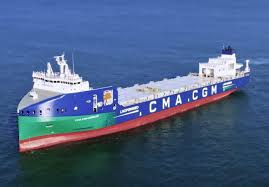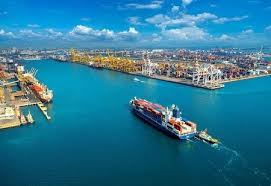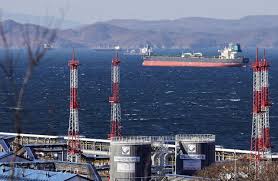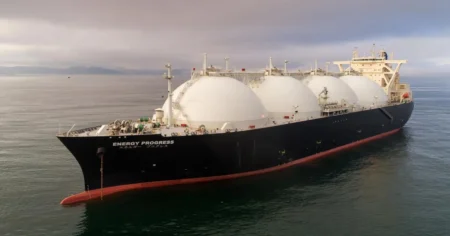Sea-Intelligence warns the global container market faces cyclical overcapacity peaking in 2027, matching 2016 levels.
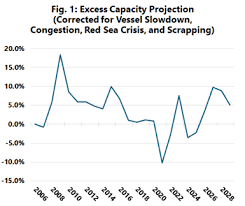
The global container shipping industry is heading towards a major oversupply crunch, with capacity expected to peak in 2027 at levels last seen during the intense 2016 price wars. This projection comes from the latest analysis by Sea-Intelligence, which forecasts a structural shift toward cyclical overcapacity in the coming years.
To build its outlook, Sea-Intelligence began with a baseline comparison of nominal vessel supply against expected container demand growth and made systematic adjustments for four key operational factors:
- Long-term structural slowdown in vessel productivity
- Impacts of port congestion
- Capacity absorption caused by the Red Sea crisis
- Forecasted vessel scrapping
The demand forecast, meanwhile, is aligned with real-world GDP growth trends. After incorporating these factors, the fully corrected model indicates that the container shipping market will move from the current phase of capacity deficits to a notable overcapacity cycle, peaking in 2027.
This peak is expected to mirror the 2016 shipping price war but will be less severe than the 2009 global financial crisis. A key assumption in this forecast is that the Red Sea crisis will be resolved by mid-2026, releasing a significant volume of capacity back into the market.
However, uncertainties remain high. A prolonged Red Sea crisis could delay the return of capacity, softening the oversupply. On the other hand, prolonged US trade tensions or a surge in new vessel orders could worsen the situation. The forecast also assumes a major increase in vessel scrapping from 2026, targeting the 13% of the global fleet currently over 20 years old.
The findings, published in Issue 734 of Sea-Intelligence’s Sunday Spotlight, underline the industry’s shift toward a cyclical pattern, with 2027 poised to be a critical year for container carriers navigating competitive pressures, freight rate fluctuations, and operational recalibrations.
Source: Safety4Sea

